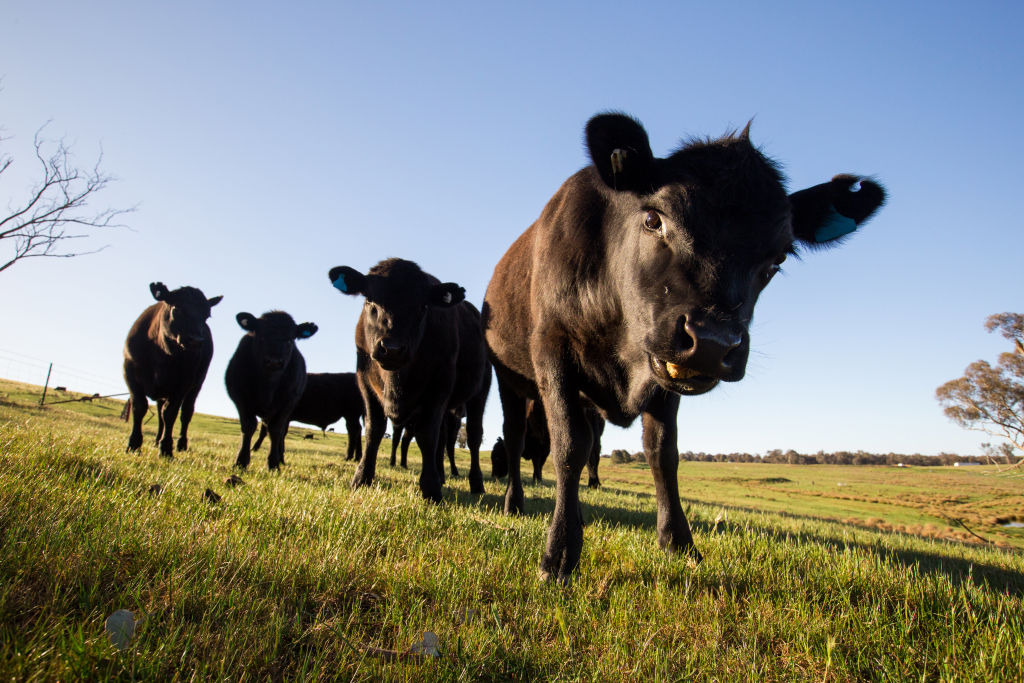
Impact of Chinese sanctions on agriculture 'nowhere near as serious' as first predicted
Australian farmers have shown an outstanding ability to pivot neatly between different export markets as a result of Chinese sanctions on major products like barley, cotton, beef and wine.
And while some industries are struggling as a result of the restrictions – most notably wine – the impact of the measures, together with the threat of more to come, is generally nowhere near as serious as first imagined, says the director of the Australia-China Relations Institute (ACRI) at the University of Technology Sydney, Professor James Laurenceson,
“Before the disruption, we exported $16 billion worth of agricultural, forestry and fisheries products to China, and now that’s down by $4.5 billion to $11.5 billion,” said Professor Laurenceson. “But most of the produce that was going to China has now been successfully redirected to other countries.
“Total agriculture, forestry and fisheries exports to all countries are up $7.3 billion. It just shows that, when China shuts the gates, it opens up other opportunities elsewhere.”
In the first round of sanctions from May to August 2020, China imposed tariffs on barley, suspended some Australian beef exports, and cast doubts on other products, in retaliation to Australia’s criticism of its policies.
With China accounting for 32 per cent of Australian agricultural exports, according to University of Queensland senior research fellow at the School of Agriculture and Food Science Scott Waldron, the moves sparked dismay in the industry.
In addition, China controls, either by lease or purchase, more Australian farmland than any other nation, with 9.2 million hectares, followed by the UK at 7.3 million hectares.
“But investment tends to cycle and we are in the ebb phase now,” said Kashif Ansari, co-founder and Group chief executive of Asian real estate technology company Juwai IQI. “It is possible that, by 2025, the cycle reverses. Because Australia has the productive land and China has the population, they are complementary markets.
“Chinese investors are not alone in believing there is a very good investment case for Australian agricultural land. There are more than 4 billion people in Asia, on Australia’s doorstep. Demand growth is a global mega-trend, in particular for animal protein, and Australia accounts for about five per cent of global animal protein exports, making it one of the largest exporters in the world.”
Despite China’s heft, however, with its $US14.7 trillion economy towering over Australia’s $US1.7 trillion, Australians aren’t the only ones to be affected by the sanctions.
The majority Chinese owners, for instance, of the 93,000-hectare Cubbie Station in south west Queensland, have been forbidden from exporting their cotton to China, says Prof Laurenceson, while those with the majority stake in the Kilcoy Pastoral Co export abattoir in south east Queensland can’t send their beef.
A new ACRI study found that for nine of the 12 goods that were disrupted by China’s economic actions — including rock lobster – the cost incurred by Australian exporters had been less than 10 per cent of the total export value.
At the same time, in the first half of 2021, the value of Australia’s overall goods exports to China was actually 37 per cent higher than the previous record set in 2019, mostly because of buoyant iron ore and LNG prices.
“The point of all this isn’t to suggest that Beijing’s trade disruption isn’t a significant event,” said Professor Laurenceson. “It’s certainly serious for some goods like wine, and China has never previously targeted a country across such a broad range of goods.
“But in terms of the costs to the Australian economy and agricultural sector, we need to keep things in perspective.”










